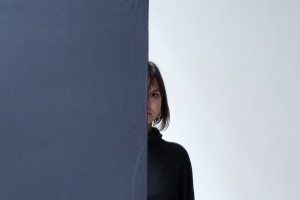Performance Art is Alive
Performance art is not dead, as some people would like to have it! This is the good news brought by the main dossier of this double issue of Revista ARTA. Under such names as happening, processual or performative art, situationist or contextual art, actionism or corporal / body art, performance art has remained since the 1960s maybe the most direct, incisive, and cutting-edge form of artistic expression of the last decades. Positioned at the cross-point between the visual, the discursive, and the theatrical, involving the artist with his/her entire physical, psychological, and spiritual being, in front of the public or together with it, performance art has not yet run out of resources in the context of the last years, when other forms of visual intervention have become more fashionable. Since the 1960s, performance art has represented a form of protest of the artists against the aesthetic establishment, accelerated muzeification, and the consumerism of the art market. The dossier coordinated by Ileana Pintilie demonstrates all these assertions, but also underlines the emancipating dimension performance art has had in the former communist countries of Eastern Europe – the fascination and fear which totalitarian regimes developed in front of this provocative form of social and artistic non-conformism.
Art Encounters Biennial
The second dossier of this issue, coordinated by Sorina Jecza and dedicated to the recently closed Art Encounters Biennale of Timisoara, sheds some light on the resurgence of a large and important city into the more and more dynamic and competitive field of visual arts in Romania. Taking place in multiple locations, highlighting non-conventional spaces, and reaching social communities very little involved in such cultural actions so far, the Art Encounters Biennale – under the direction of the two main curators, Nathalie Hoyos and Rainald Schumacher – was a success. Under the title “Appearance and Essence”, this biennale proposed not only a concentrated image of the most original, individual and collective, visual projects of Romania’s last decades. It was also a demonstration of the capacity of present-day Romanian visual artists to integrate, with their own specificity, the global artistic network.
Magda Cârneci, Editor-in-chief
POSTED BY
Cristina Bogdan
Founder and editor-in-chief, between 2014-19, of the online edition of Revista ARTA. Co-founder of East Art Mags, a network of contemporary art magazines from eastern and Central Europe. Runs ODD, a s...
www.evenweb.org